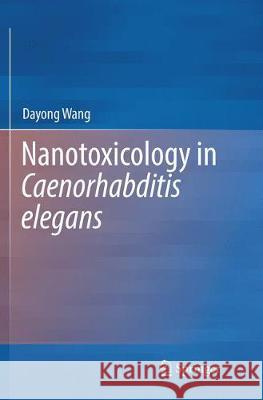Nanotoxicology in Caenorhabditis Elegans » książka
topmenu
Nanotoxicology in Caenorhabditis Elegans
ISBN-13: 9789811343650 / Angielski / Miękka / 2019 / 274 str.
Nanotoxicology in Caenorhabditis Elegans
ISBN-13: 9789811343650 / Angielski / Miękka / 2019 / 274 str.
cena 616,85 zł
(netto: 587,48 VAT: 5%)
Najniższa cena z 30 dni: 612,57 zł
(netto: 587,48 VAT: 5%)
Najniższa cena z 30 dni: 612,57 zł
Termin realizacji zamówienia:
ok. 20 dni roboczych.
ok. 20 dni roboczych.
Darmowa dostawa!
Kategorie BISAC:
Wydawca:
Springer
Język:
Angielski
ISBN-13:
9789811343650
Rok wydania:
2019
Dostępne języki:
Ilość stron:
274
Waga:
0.45 kg
Wymiary:
23.62 x 21.08 x 1.27
Oprawa:
Miękka











